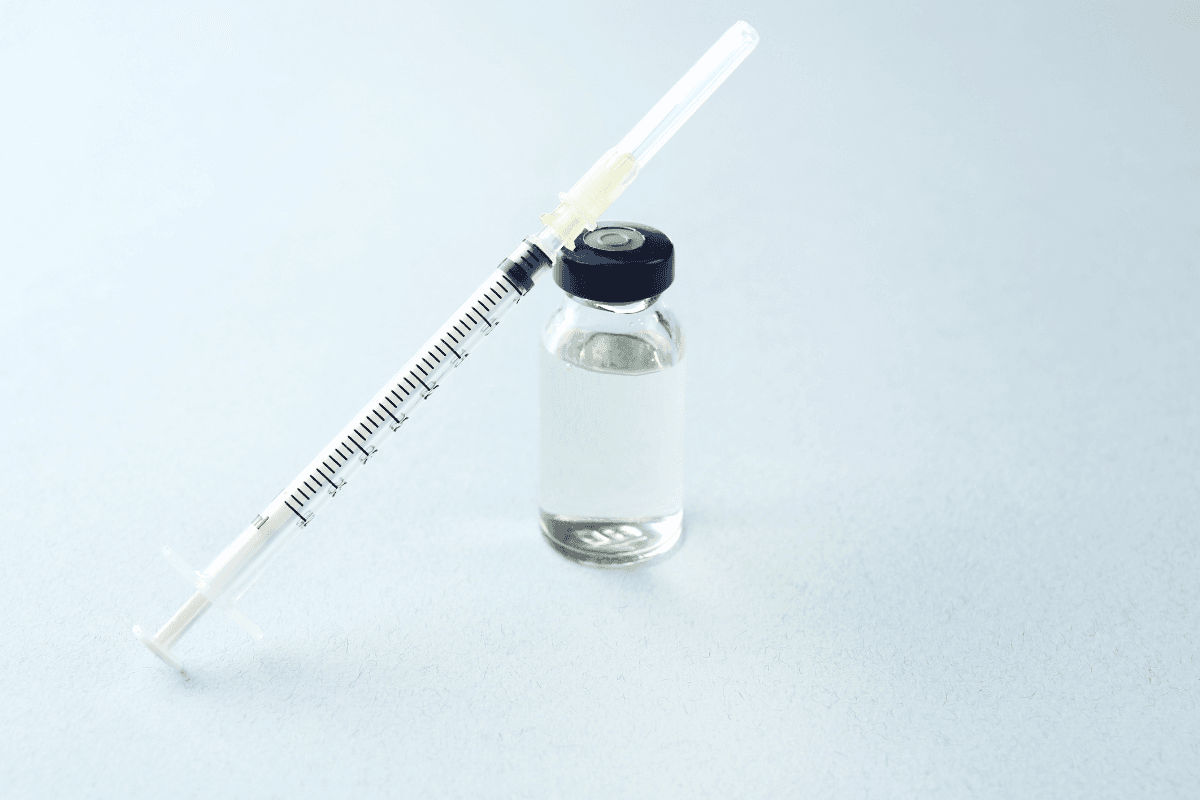Starting any new metabolic therapy works best with a careful plan. The Retatrutide starting dose should be low, with gradual increases to reduce gastrointestinal intolerance and support adherence. This guide summarizes what researchers report about dose stepping, safety considerations, and how weekly scheduling may work in practice. Use these points to frame a clinician conversation and align expectations.
Key Takeaways
- Low-to-high stepping reduces nausea risk and helps tolerance.
- Weekly timing and consistency matter more than the exact hour.
- Hold or slow escalation if adverse effects persist or worsen.
- Evidence remains investigational; protocols vary across trials.
- Discuss contraindications and interactions before initiating therapy.
Retatrutide Starting Dose: Principles and Rationale
Retatrutide is an investigational triple agonist targeting GIP, GLP-1, and glucagon receptors. Initiating at a low level reduces early gastrointestinal symptoms, which commonly occur with incretin-based agents. A measured introduction also lets clinicians monitor blood glucose, appetite changes, and hydration, then adjust the plan.
Most protocols introduce conservative weekly exposures and escalate only after tolerability is established. This staged approach balances potential metabolic benefits with day-to-day comfort. It also provides time to reinforce injection technique, lifestyle support, and monitoring habits before reaching higher weekly levels.
How It Works and Why Escalation Helps
Retatrutide acts through incretin and glucagon pathways that regulate satiety, gastric emptying, and energy expenditure. Early exposures can heighten fullness and slow stomach emptying, which may produce queasiness when increases happen too quickly. Rising gradually often limits abrupt changes in gut motility.
Discuss the Retatrutide mechanism of action with your clinician to understand target pathways and expected effects. Aligning expectations helps patients differentiate typical sensations from warning signs that deserve review. It also clarifies why dose increases pause if symptoms persist beyond a few days.
Stepwise Escalation and Monitoring
Escalation typically proceeds in stages, often every few weeks, after the prior level is tolerated. Clinicians may slow, hold, or reverse steps if gastrointestinal symptoms, dehydration risk, or glycemic concerns appear. Patients should track nausea patterns, hydration, bowel habits, and any dizziness or fatigue.
For a visual walkthrough of staged increases, see Retatrutide Dosage Chart for a step-by-step overview and timing details. If you want broader patient-centered guidance, review Dosage Recommendations for practical considerations and discussion prompts.
Many trial protocols use a structured Retatrutide titration schedule to reduce early gastrointestinal effects. While exact numbers vary by study, the core principle remains consistent: move up only after tolerability and adherence are demonstrated.
| Step | Typical Week Range | Goal |
|---|---|---|
| Start | Weeks 1–4 | Confirm tolerability; reinforce injection technique |
| Increase 1 | Weeks 5–8 | Improve appetite control; monitor GI response |
| Increase 2 | Weeks 9–12 | Enhance metabolic effects; reassess symptoms |
| Maintenance | Thereafter | Stabilize at a sustained, tolerated level |
Scheduling, Frequency, and Practical Timing
Retatrutide is studied as a once-weekly injectable. Choose a consistent day that suits your routine, then keep that cadence. Aligning mealtime is optional; some patients prefer evening administrations to sleep through transient queasiness.
Establish a Retatrutide dosing schedule with your clinician that respects lifestyle, work, and travel demands. If a dose is missed, follow the plan your clinician provided rather than doubling on the next day. Pharmacokinetic properties, including a long functional duration, generally support weekly dosing without daily timing pressure.
Tip: Use a digital reminder and a written log. Consistency reduces variability and simplifies troubleshooting if symptoms emerge.
Safety, Contraindications, and When to Pause
Start low and proceed cautiously if you have a history of gastrointestinal disorders, pancreatitis, or gallbladder disease. People with severe renal or hepatic impairment require special consideration, and clinical oversight is essential. Thyroid-related histories also warrant clinician review before initiating a weekly incretin regimen.
Discuss potential Retatrutide side effects, including nausea, vomiting, decreased appetite, constipation, and fatigue. Hydration, smaller meals, and slower escalation can help. If vomiting persists or signs of dehydration appear, contact your clinician promptly and consider holding the next step until symptoms improve. For a focused review of symptom patterns and mitigation strategies, see Retatrutide Side Effects for practical tips and safety context.
What Studies Show So Far
Evidence for retatrutide remains investigational. Trial protocols use weekly dosing with structured step-ups to achieve metabolic effects while moderating intolerance. In obesity studies, dose escalation often paralleled improved appetite control over several months.
For outcomes and pharmacology context, see Research Peptide Overview for development status and mechanisms. Peer-reviewed evidence includes a phase 2 study in NEJM, which reports weight and tolerability findings with stepwise increases. Trial design details are also summarized in the ClinicalTrials.gov record for protocols and eligibility information.
Consult your clinician when interpreting Retatrutide clinical trials, because study populations and endpoints may differ from your circumstances. Real-world use, once approved, may require adjustments not captured in controlled settings.
Comparing Options and Setting Expectations
Retatrutide remains in development, while other weekly incretin-based therapies are already available. Escalation strategies share common themes across the class: start low, rise gradually, and pause when intolerance appears. Differences include receptor targets, starting exposure, and time to a stable level.
To contextualize therapeutic choices, review Retatrutide vs Semaglutide for similarities and key distinctions in clinical goals. Understanding the Retatrutide maximum dose in trials versus maintenance ranges for other agents helps frame expectations, especially if alternatives are used while research continues.
Practical Use: Technique, Storage, and Missed Doses
Subcutaneous injections typically target the abdomen, thigh, or upper arm, with site rotation to reduce irritation. Keep pens or vials within labeled storage ranges, and avoid freezing. Confirm device-handling steps with your clinician or pharmacist before the first dose.
If you need a concise reference, the Retatrutide dosage chart in our guide summarizes staged increases and weekly timing. See Retatrutide Dosage Chart for a rapid visual summary and quick reminders. For broader context about weight outcomes during weekly therapy, see Retatrutide Weight Loss for trial-reported trends and expectations.
Note: If nausea lingers more than a few days, hold at the current level. Reassess hydration, meal size, and timing before considering another increase.
Availability and Ongoing Research
Retatrutide is not yet approved; availability depends on regulatory review and future trial results. Timelines may shift as new data emerge. During this period, some patients and clinicians consider established alternatives with similar weekly scheduling and gradual step-ups.
For updates on development timelines and potential launch scenarios, see When Will Retatrutide Be Available for a neutral overview and future outlook. You can also browse the Weight Management Category for related research topics and the Weight Management Products section for context on currently approved therapies.
Recap
Begin low, move slowly, and watch tolerability. Weekly consistency, symptom tracking, and open communication guide safe escalation. Use trial evidence as context, not a personal prescription. Your clinician can tailor step-ups, pause points, and monitoring to fit your specific risks and goals.
Medical disclaimer: This content is for informational purposes only and is not a substitute for professional medical advice.


